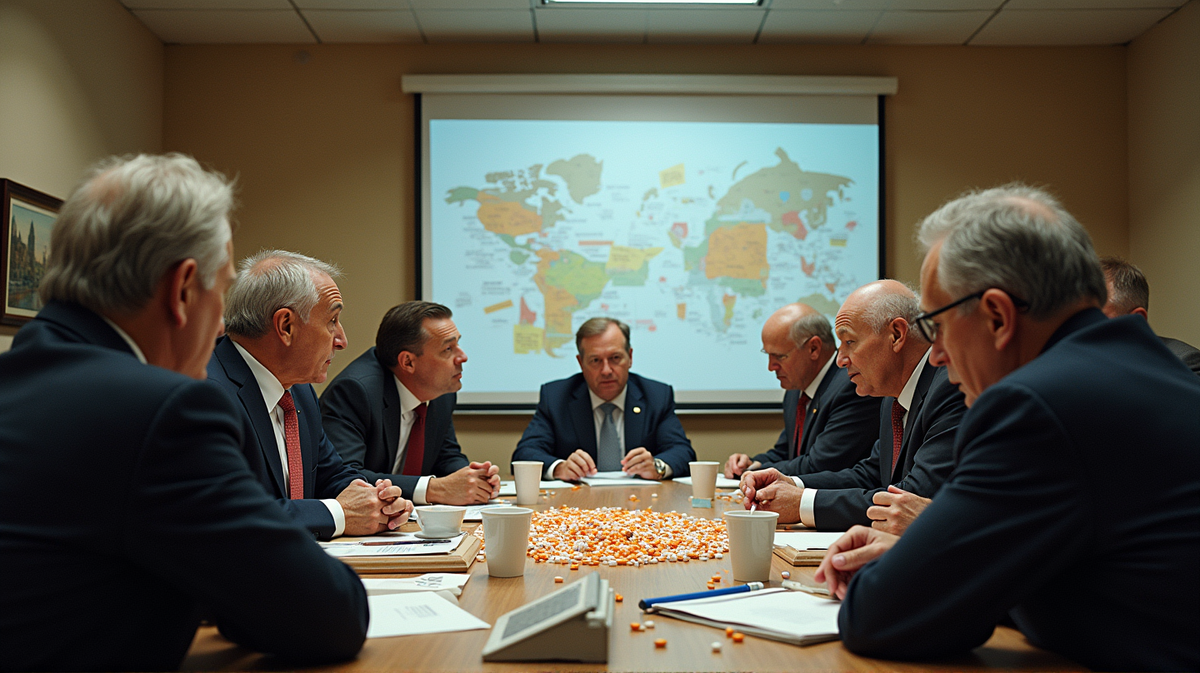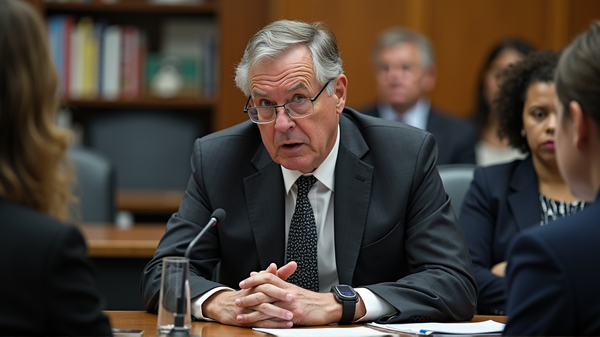The Real Story Behind Trump's Prescription Drug Price Pledge
Though Trump promised immediate prescription drug price slashes, procedural steps imply prolonged timelines, with dubious immediate effects.

The recent executive declaration from former President Donald Trump stating that prescription drug prices would instantly reduce by a staggering 30% to 80% caught many by surprise. Announcing this ambitious promise on May 11 via Truth Social, Trump assured immediate relief. Yet, contradicting this instantaneous claim, the executive order unveiled crucial procedural nuances—casting doubt on the timelines and feasibility.
The Executive Order: More Steps Than Seem
When Trump’s executive order officially surfaced on May 12, it revealed an intricately detailed roadmap. The aim? Align U.S. drug prices more closely with those in other developed nations by implementing “most-favored-nation” pricing targets for drugmakers. However, the intricate process involves setting up these targets within 30 days, and then monitoring undefined progress. KFF Health News
Experts note that should initial efforts not achieve the desired results, a prolonged rulemaking process ensues. This could translate into months, or even years, before any tangible effects are felt by consumers.
A Systemic Dilemma
There’s no denying that the U.S. bears exorbitantly high prescription costs; numbers show prices triple that of other industrialized countries. While the executive order approaches this issue, experts caution against placing optimism in its immediate impact. High drug costs in the U.S. are driven by factors like limited price negotiations and strategic patent exclusivity exerted by pharmaceutical companies.
Hope or Hyperbole?
Despite the inherent complexity of orchestrating such changes, the plan sets lofty intentions. Trump’s statement might excite those desperate for relief, but experts like Joseph Antos from the American Enterprise Institute describe it as a “wish list.” Any impactful price regulation, especially outside federal Medicare confines, would need Congress’s involvement—a historically daunting challenge given political divide.
A Wider Legislative Landscape
Though the Executive Branch plays a crucial role, legislative backing is pivotal to realize broader prescription price cuts. Historical efforts, like those under President Joe Biden requiring Medicare price negotiations, set precedents, but were hindered by procedural hurdles. Trump’s order, while a potential bi-partisan rallying point, carries promises not instantly deliverable without Congress.
Conclusion
In the end, Trump’s executive order on reducing prescription drug prices is a move with potential but clouded by procedural vagueness and political realities. While goals of 30% to 80% price cuts seem promising, realization lies on the ambitious brink of policy design and Congressional action. As posited, the road to reduced drug costs is not a sprint, but a complex marathon with many hurdles yet to be tackled.





